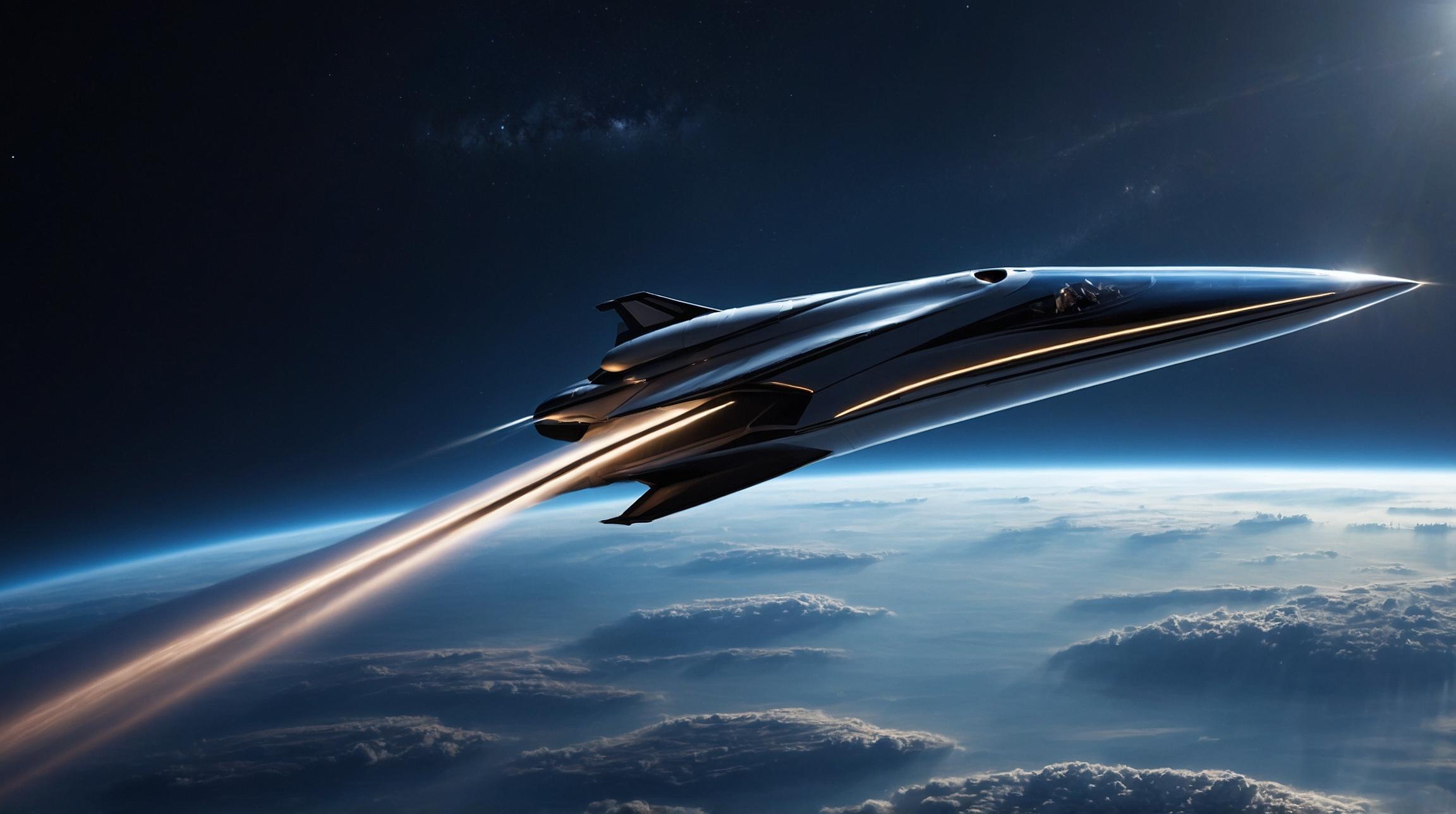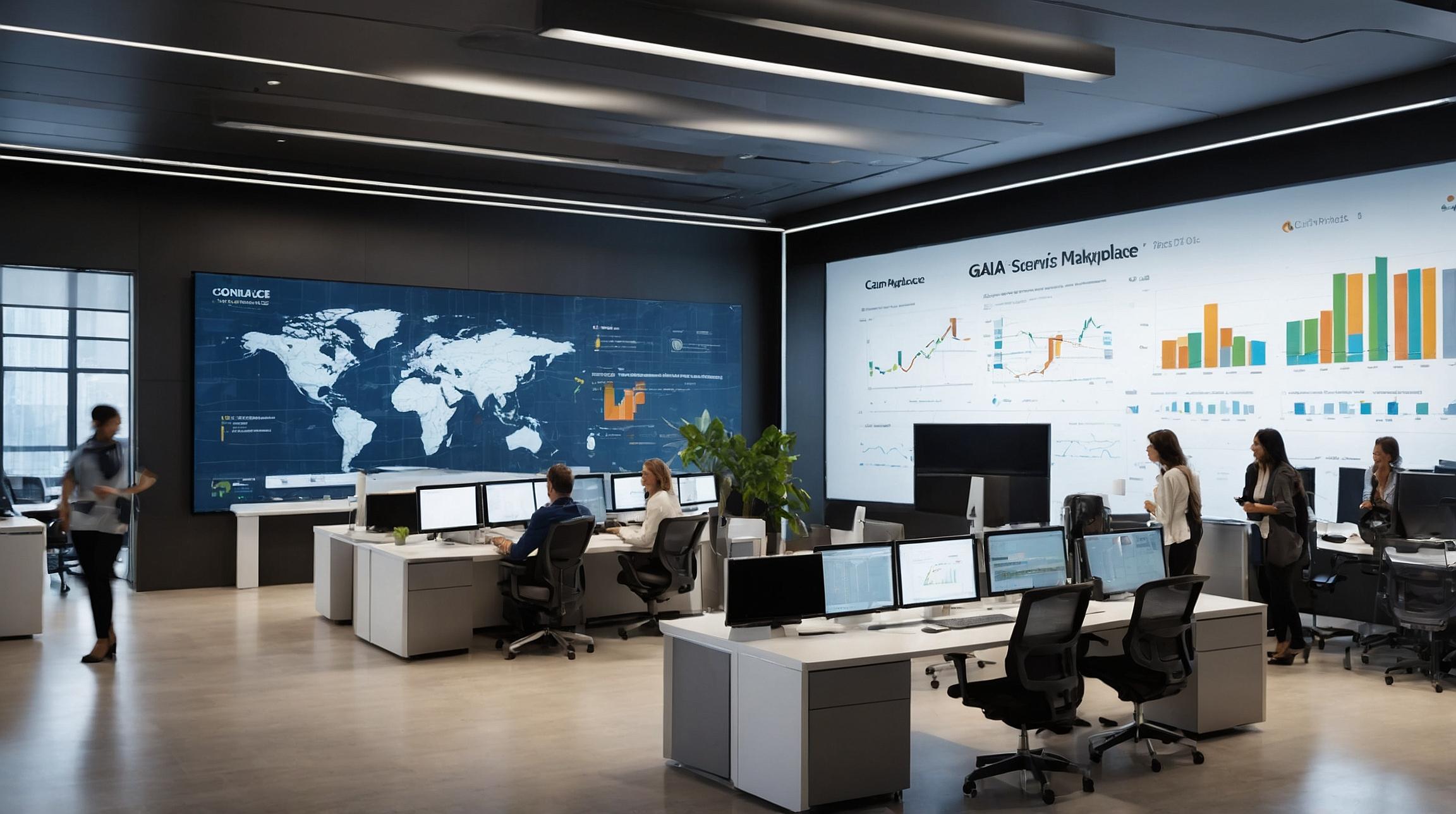NASA's Hypersonic Technology Project Overview
Hypersonic vehicles are incredibly fast, traveling more than five times the speed of sound. This speed is known as hypersonic speed. NASA is researching the science of hypersonics to understand it better and use this knowledge to create advanced hypersonic vehicles for both point-to-point travel on Earth and space access.
Vision and Mission
- Vision: To enable routine, reusable, airbreathing hypersonic flight.
- Mission: To advance key technologies crucial for mastering hypersonic flight, supporting U.S. supremacy in this field.
Approach
NASA conducts both fundamental and applied research to make hypersonic systems and missions possible. In the next decade, NASA plans to develop technologies for a first-generation reusable airbreathing hypersonic vehicle. By 2050, NASA aims to create a next-generation reusable hypersonic vehicle, a two-stage space access vehicle.
Unique Facilities and Expertise
NASA has special facilities, laboratories, and experts who work on solving hypersonic flight challenges. The Hypersonic Technology Project collaborates with partners in:
- Industry
- Academia
- Other government agencies
These partners use NASA's expertise and resources to validate computational models. Such partnerships are crucial for advancing the state of the art in hypersonic flight.
Real-Life Example
Imagine hypersonic vehicles in daily life. A flight from New York to Los Angeles could take under an hour! These vehicles use airbreathing engines, meaning they take oxygen from the atmosphere, making them more efficient. This technology could also revolutionize space travel, making it faster and more practical.
Future Prospects
In the long term, NASA envisions reusable hypersonic vehicles with efficient engines for routine global flights and space missions. This can open up new markets and possibilities in high-speed travel and space exploration.
To summarize, NASA's ongoing research and partnerships are paving the way for a future where hypersonic travel becomes a part of everyday life, both on Earth and in space.













